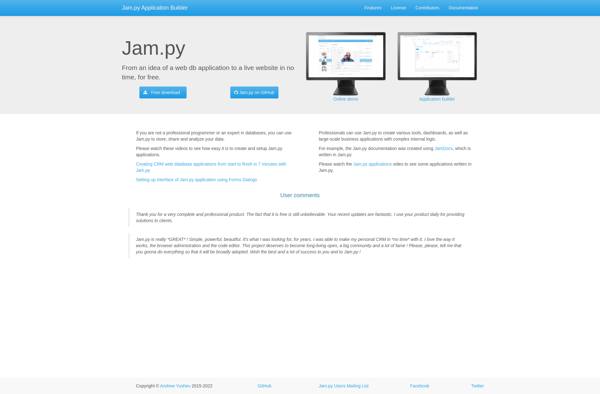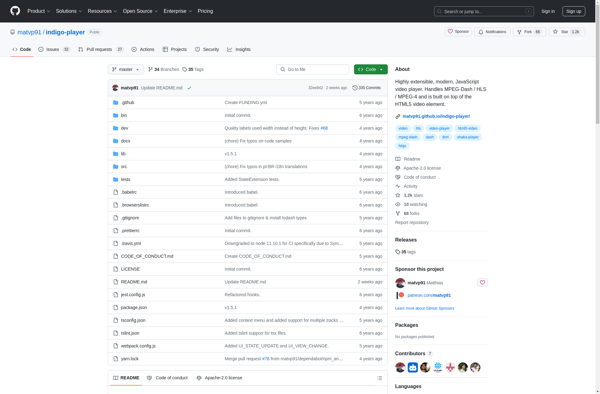Web2py

web2py: Open-Source Python Web App Framework
Open-source web application framework written in Python for rapid development and deployment of secure database-driven web applications, including ORM, CRUD scaffolding, templates, authentication, authorization
What is Web2py?
web2py is an open-source full-stack web framework and development environment written in Python. It enables rapid development and deployment of secure, scalable, and portable database-driven web applications.
Some key features of web2py include:
- Model-View-Controller architecture
- Built-in ORM, forms validation, CRUD scaffolding, templates engine, and more
- Support for multiple databases including SQLite, MySQL, PostgreSQL, MSSQL, Oracle, and NoSQL databases
- Multi-tier security model with ACLs, CSRF prevention, XSS prevention, HTTPS, HMAC signatures
- Internationalization and localization support
- Can run on Google App Engine, web2py cron, Docker, and more platforms
- Allows both Python and non-Python web developers to build applications quickly
- Agile web development via rapid iterative enhancement
- Detailed admin interface and online IDE for development & debugging
web2py simplifies common web development tasks so developers can focus on the unique parts of their application. The framework aims to be simple enough for beginners but fully-featured for experienced developers building enterprise applications.
Web2py Features
Features
- Model-View-Controller architecture
- Built-in ORM for database access
- Template engine for HTML generation
- Form helpers for rapid development
- Authentication and authorization modules
- Admin interface for CRUD operations
- Internationalization support
- AJAX callbacks in views
- RESTful API development
- Deployment options: CGI, FastCGI, SCGI, WSGI
Pricing
- Open Source
Pros
Cons
Official Links
Reviews & Ratings
Login to ReviewThe Best Web2py Alternatives
Top Development and Web Application Frameworks and other similar apps like Web2py
Here are some alternatives to Web2py:
Suggest an alternative ❐Oracle APEX

Bootstrap CMS

Koa

Jam-py

Ruby on Rails

Play!

Django CMS

ViUR.is
Pedestal

Pylons Framework

TurboGears

Bitweaver

Play Framework
